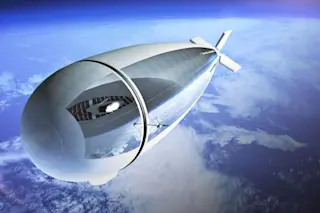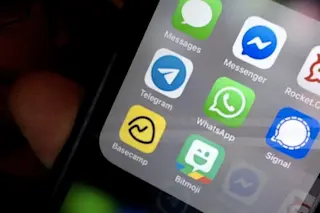If the Air Force gets its way, it will have spying eyes hidden in the very motes on its enemies' boots. In a wonderfully vague request this week, the Air Force called for companies to design miniature drones capable of dusting targets with signal-emitting particles. They say the technology (assuming it works) could be used to identify civilians or track wildlife, which is military-speak for "we want to track and kill terrorists, not bunnies." According to the request, the Air Force wants a small remotely piloted aircraft, or SRPA, that would "unobtrusively distribute taggants onto moving targets." They describe taggants as tiny electro-magnetic-emitting devices. The key part of the request is for the tracked person to not be aware that he's being tracked. The request makes the laughable point that a swooping SRPA or tracking-device-laden paint ball probably wouldn't be unobtrusive enough because "the target would obviously notice a swooping ...
Can the U.S. Military Shower Trackable Dust Onto Terrorists?
Discover how miniature drones for tracking may become the future of military surveillance, offering unobtrusive monitoring methods.
More on Discover
Stay Curious
SubscribeTo The Magazine
Save up to 40% off the cover price when you subscribe to Discover magazine.
Subscribe













